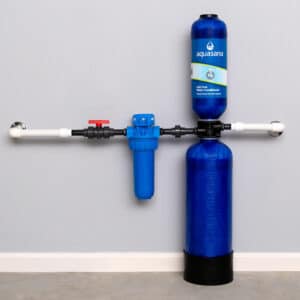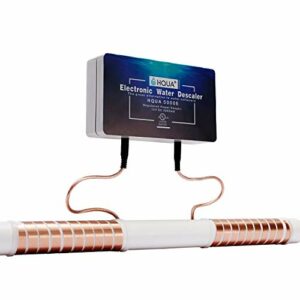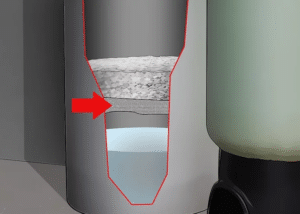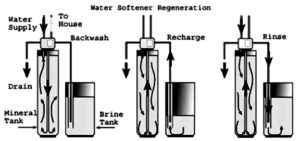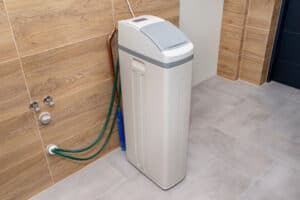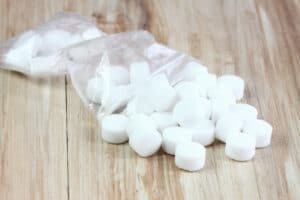Water softeners are excellent at making water less gritty and prone to overflowing. It’s a common problem many homeowners have dealt with and can be frustrating. There are many possible answers to the question, “Why is my water softener overflowing?” Let’s explore all the causes and their solutions.
The Brine Tank Float Is Stuck
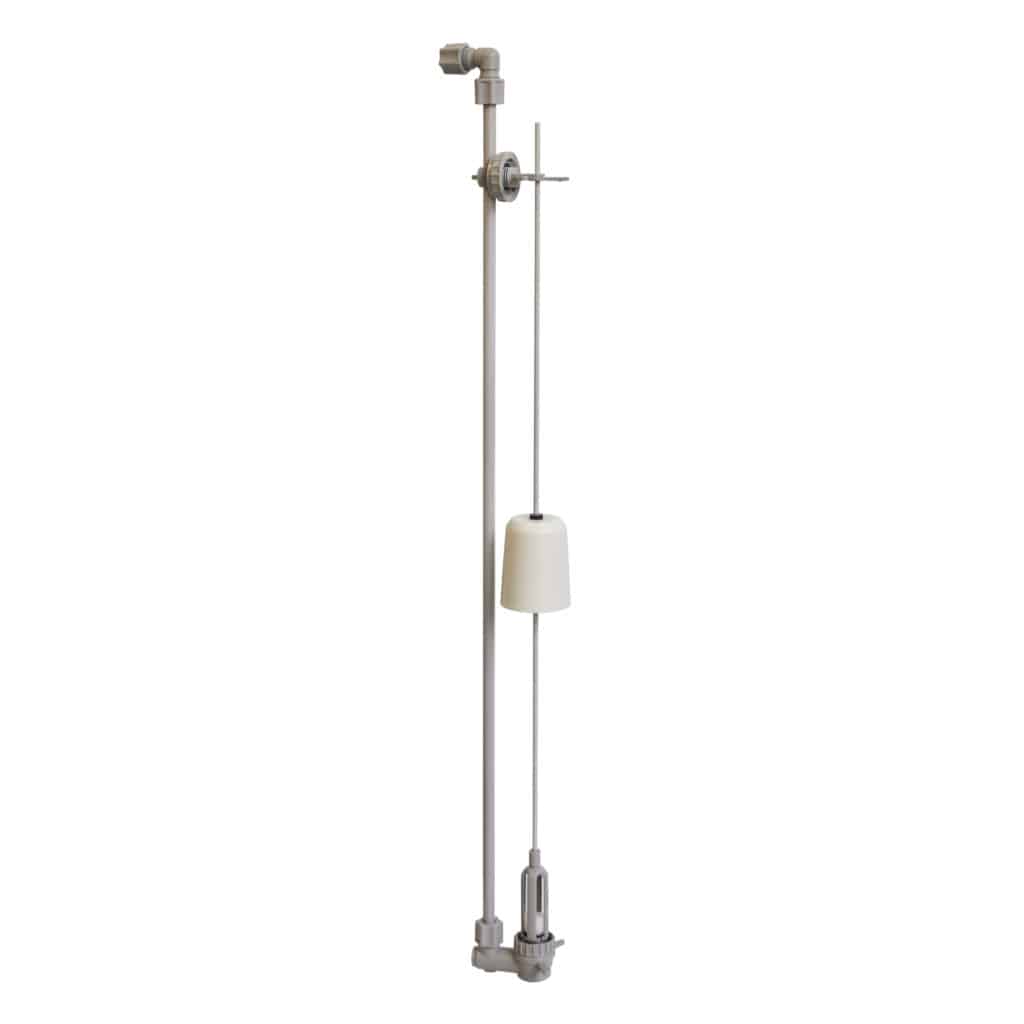
If your water softener overflows, it may be because the brine tank float is stuck. Check for a warped or deformed float arm. Try adjusting the position of your float until it no longer sticks out too far from its housing so that it can’t trigger an overflow event when complete!
Sometimes, the saltwater build-up can cause floats to warp and stick in place. Brush off any debris on or around your float arm before returning it to its proper position within your brine tank lid.
The Inlet Valve Is Defective
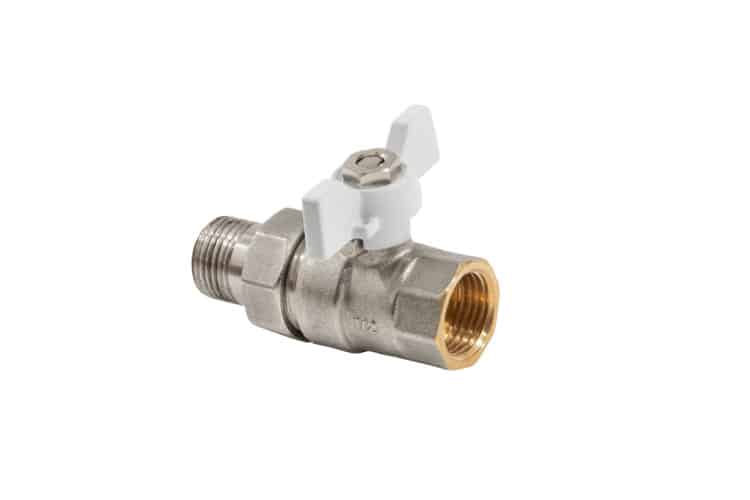
If the inlet valve is defective, it won’t be able to open to let water into your softener. If this happens, you’ll have a significant problem on your hands. Water will keep flowing through your system and eventually overflow onto your floor.
To fix this issue, you’ll need to remove the inlet valve from its housing, usually located near the bottom of the tank. Once you’ve done so, check for any obstructions or debris causing problems with how it works.
If necessary, clean out any dirt or other materials with a brush and then reassemble everything again with new O-rings or washers if needed.
The Brine Tank Lid Is Loose or Damaged
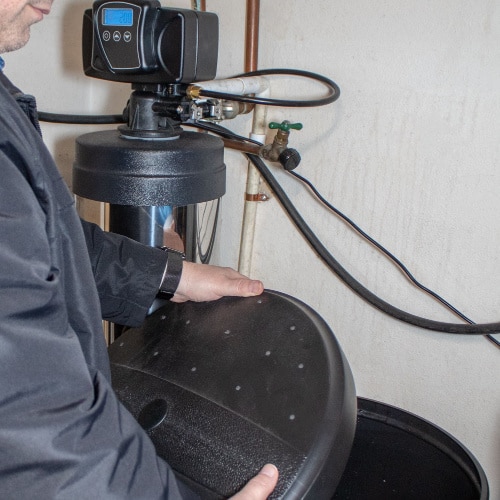
Another possible reason is a loose or damaged tank lid. If you have an open brine tank lid, it can allow more water to flow out than expected. As a result, your water softener will overflow and flood the area around it.
To check if your brine tank lid is damaged or just loose, you’ll want to open up the back panel of your unit and look at what’s happening inside. Consider replacing the whole part if you notice anything, like a cracked lid, broken hinge, or missing parts.
Salt Clogging
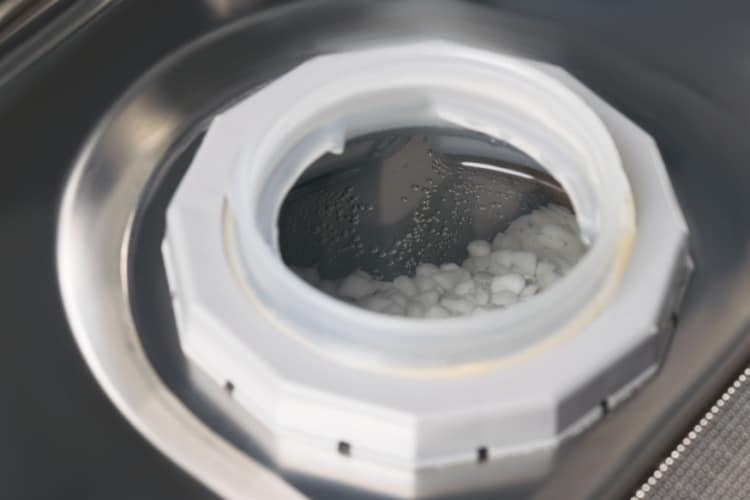
If you don’t clean out the salt regularly, it could build up and clog the inside of your water softener. If this happens, the unit cannot efficiently remove hard water and calcium build-up.
Too much salt in the unit causes an increase in pressure inside the tank. The increased pressure forces out all of the water from the tank through its drain valve during regeneration. A result is an overflowing unit that can cause damage to your home or business property.
To fix this problem, you must clean out all the salt from your system, including any build-up in tanks and pipes that run through them. Run fresh water through it until no more white particles come out of your faucet.
You should also check to make sure there aren’t any leaks anywhere in these areas before turning them on again after cleaning since they may still cause issues even if they are not full yet
Brine Float Is Set Too High
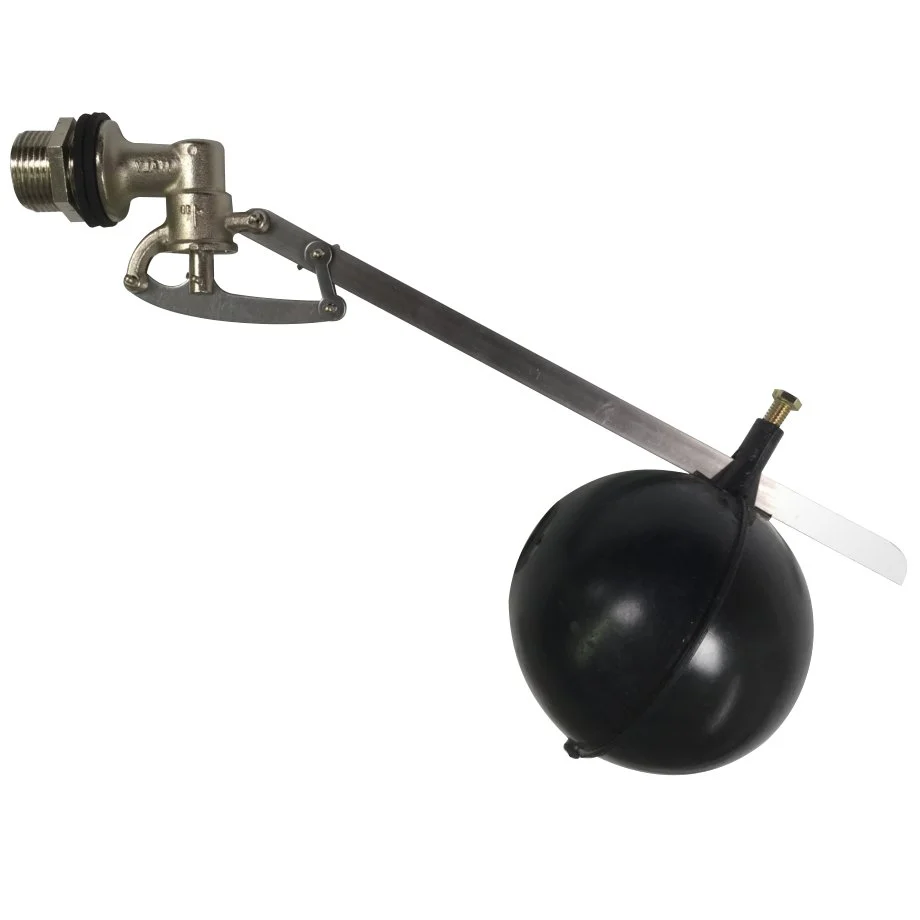
The float is the white plastic ball that sits at the bottom of your water softener tank and floats on top of the brine solution. It controls when the brine valve opens and closes. There should be about two inches of space between the float’s maximum position and where it sits when not used.
If your float is set too high, it will open up much faster than it usually would. The result would be a higher concentration of salt getting to your water than necessary. Over time, this can cause overflowing and damage your equipment and shorten its lifespan.
To readjust the brine float position, turn off the water softener and remove the cover. Locate the lock nut that holds the rod in place and loosen it with channel-type pliers. Then, pull up the rod and hold it in that position. Tighten the lock nut against the rod bracket, but don’t over-tighten it.
Now test your work by operating your water softener through two or three complete cycles. Note how much salt is left at each cycle’s conclusion so you can determine if your adjustment was effective.
Kinked Drain Line
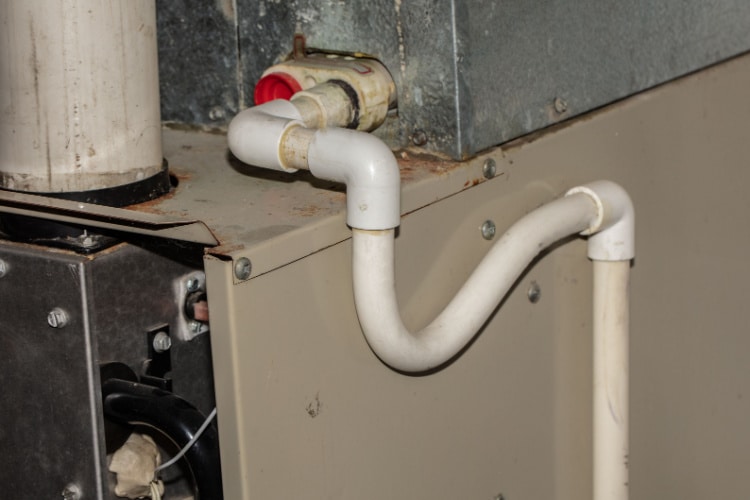
If the drain line is kinked, it will not drain properly. The water will go back into the softener and overflow out of the brine valve.
The solution to this problem is to check your drain line for kinks and remove any that you find. You may also consider having a professional plumber or drainage expert assess your system.
They will recommend the best solutions if there is something else causing problems with your drainage pipes.
Leaking Brine Valve
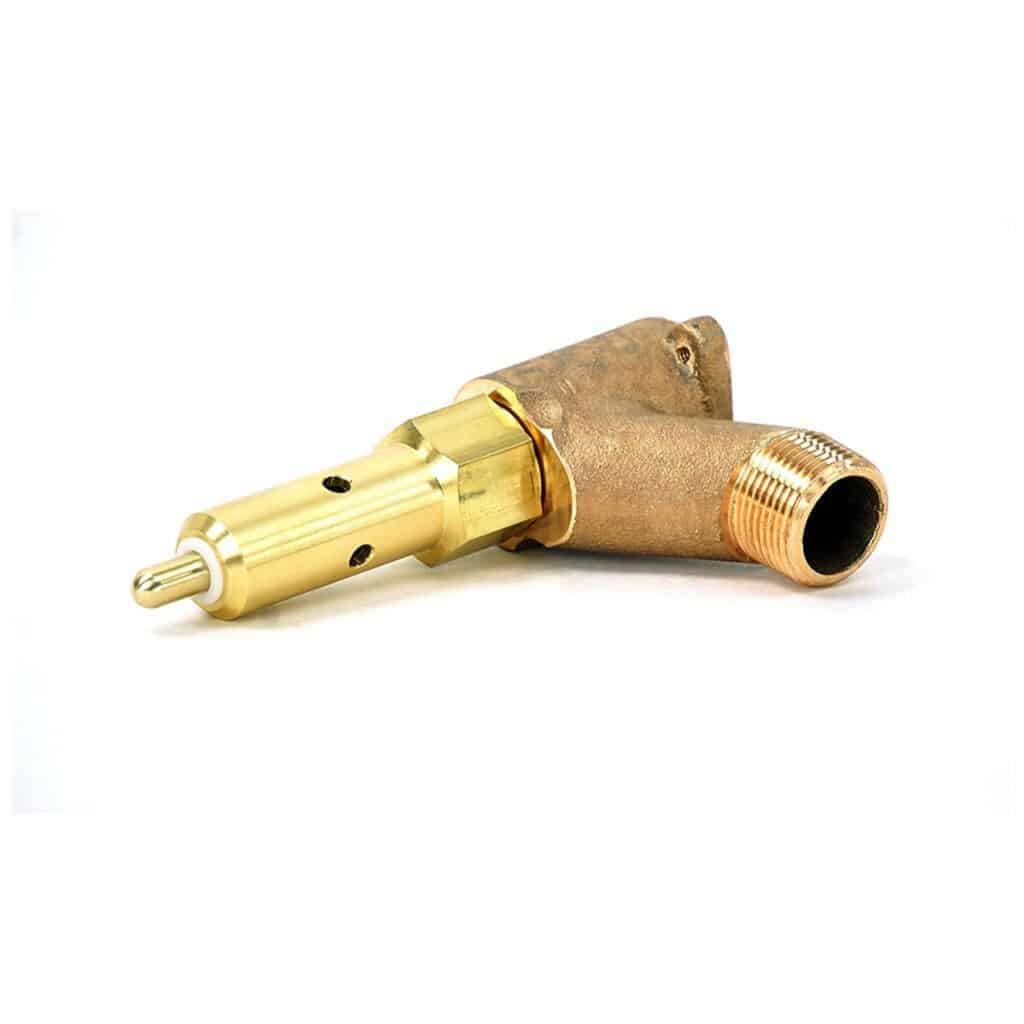
If you think your water softener is overflowing, check the brine valve. If it’s leaking, replace it. A leaking brine valve can cause your water softener to overflow and leak onto your floor.
If your brine valve is not leaking, check the drain hose for clogs or other obstructions. The drain hose should be clear of any debris. When the pressure builds up in the tank due to scale build-up or salt regeneration, it should freely evacuate through this hose into a drain outside of your home
Low Water Pressure
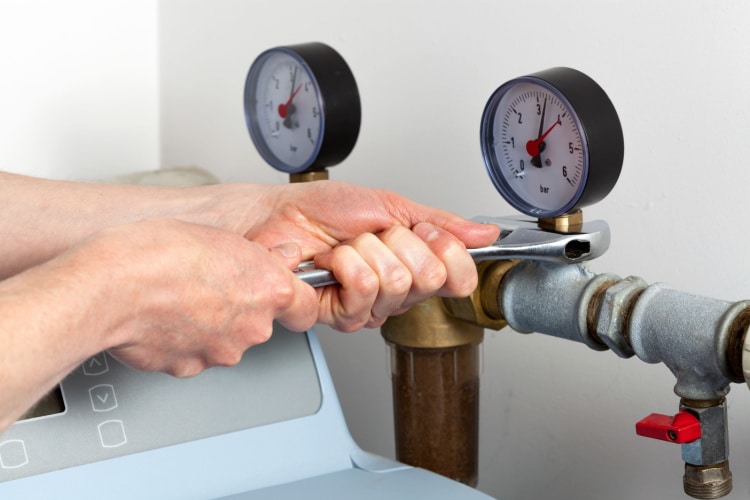
You might want to check the pressure switch. The pressure switch determines how much water enters the brine tank. If this switch malfunctions and does not shut off, the water will continue to flow until it overflows the tank.
The pressure switch can be faulty for many reasons. It may have been installed incorrectly by someone who did not know what they were doing. It may be dirty inside and not working properly because of that dirt and grime build-up. You need to clean out that area and make sure there is no debris blocking its functioning properly.
If there are any signs of corrosion or rust on the inside of the tank shell, you should replace it immediately with a new one.
Blocked Brine Tank Injector
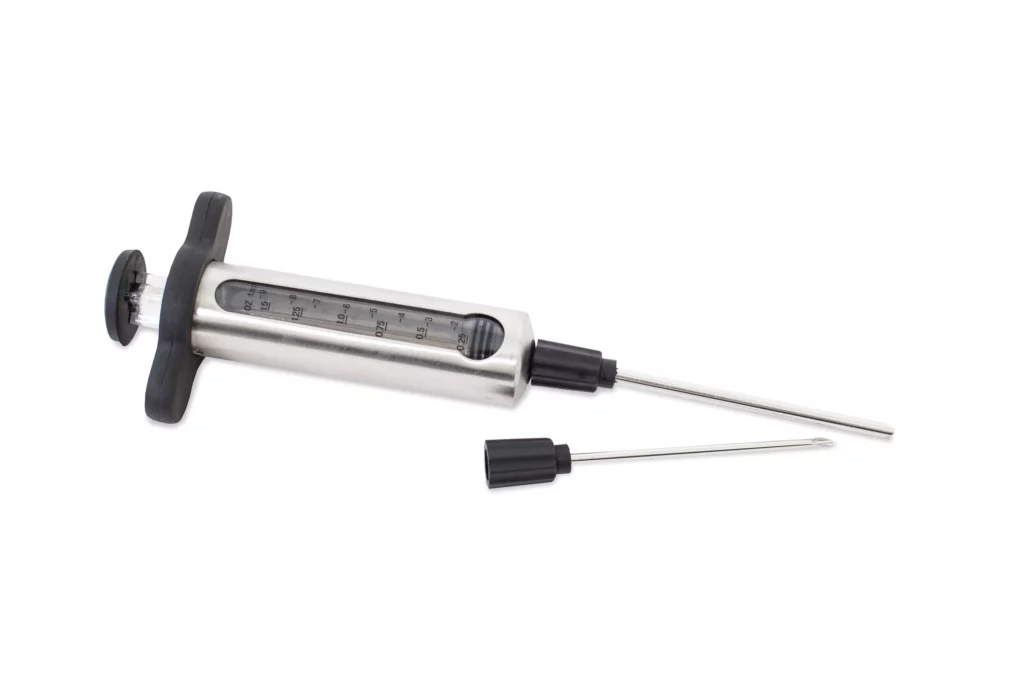
The brine injector allows salt and water to be pumped into the brine chamber of your unit. It might get clogged if sediment builds up in the lines that connect it to your water softener.
A blocked brine tank injector can cause the water softener to overflow. This phenomenon usually happens when the brine tank is full, and the injector cannot get enough brine into the brine tank.
If you have a blocked brine tank injector, you may need to replace it. If you are unsure how to do this, don’t hesitate to contact a plumber to help you with this.
Loose Float Cap
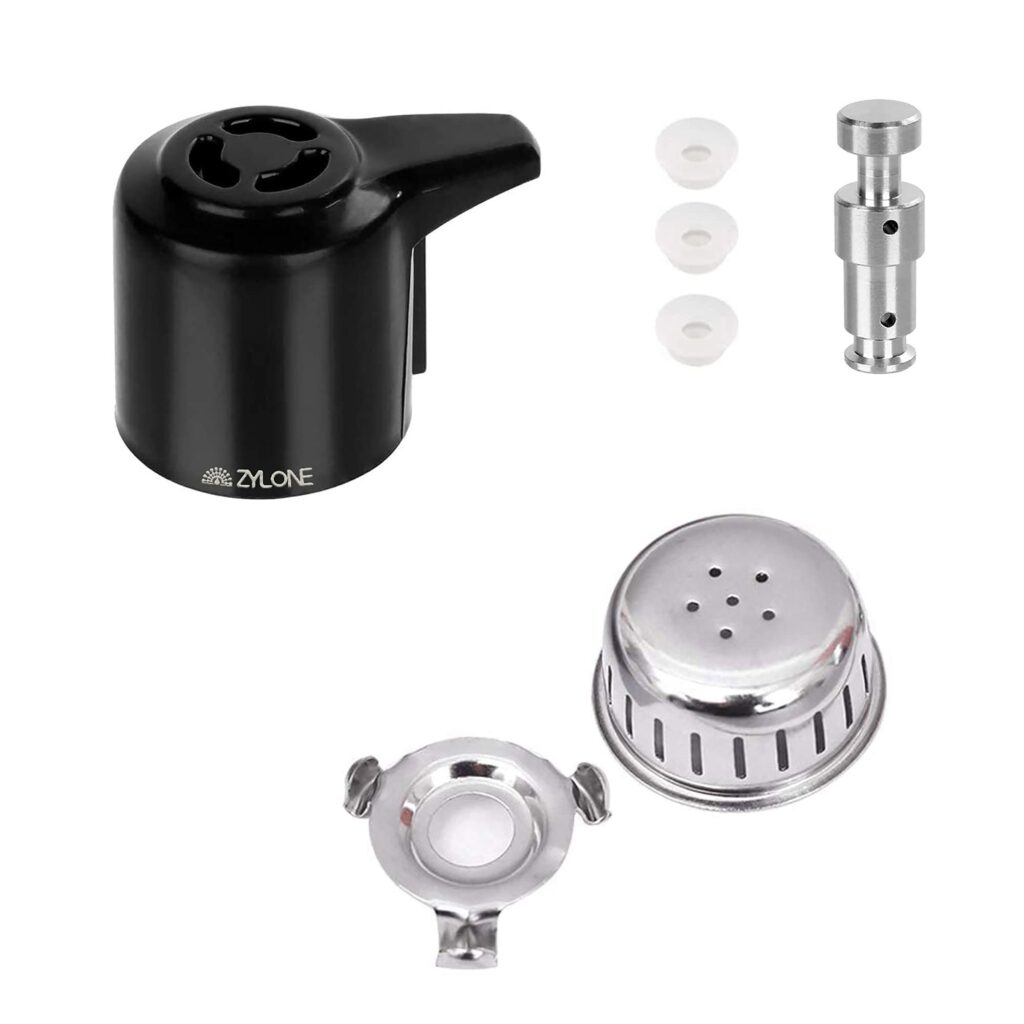
The float cap is what opens and closes the bypass valve. The float rises or falls depending on how much water is in the tank.
If it’s loose or not seated properly, it can cause an overflow condition because there’s no longer any way to control water flow into your home. A simple fix is to remove the float cap, tighten its set screws and reinstall it properly.
Main Piston Wear
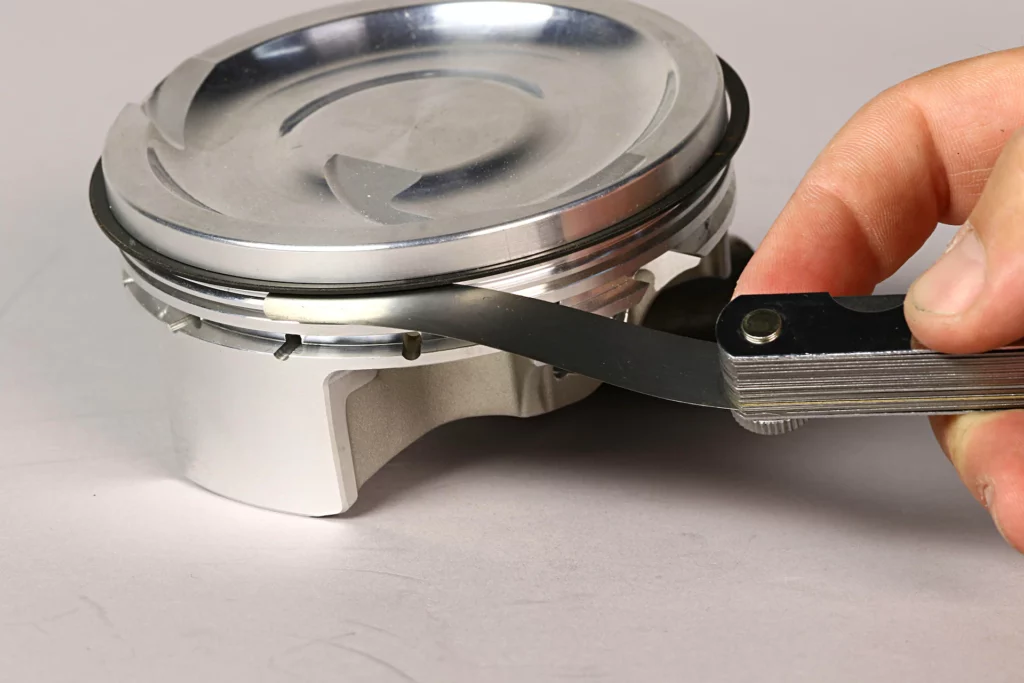
The main piston is one of the essential parts of your water softener. It removes hard minerals from the water flow and replaces them with sodium ions. As this process occurs over time, the main piston can wear down and become damaged.
Piston wear and tear can cause your water softener to overflow or leak into your home. To prevent this problem from occurring, have an expert perform routine maintenance on your system at least once per year. Contact a technician when you notice any signs of leakage or poor performance.
So, Why Is My Water Softener Overflowing?
There are many reasons for this, the most common being salt clogging and sediment build-up. There isn’t a definitive solution to this problem. However, the tips above should help you find the root of your water softener overflow problems and fix them accordingly.

